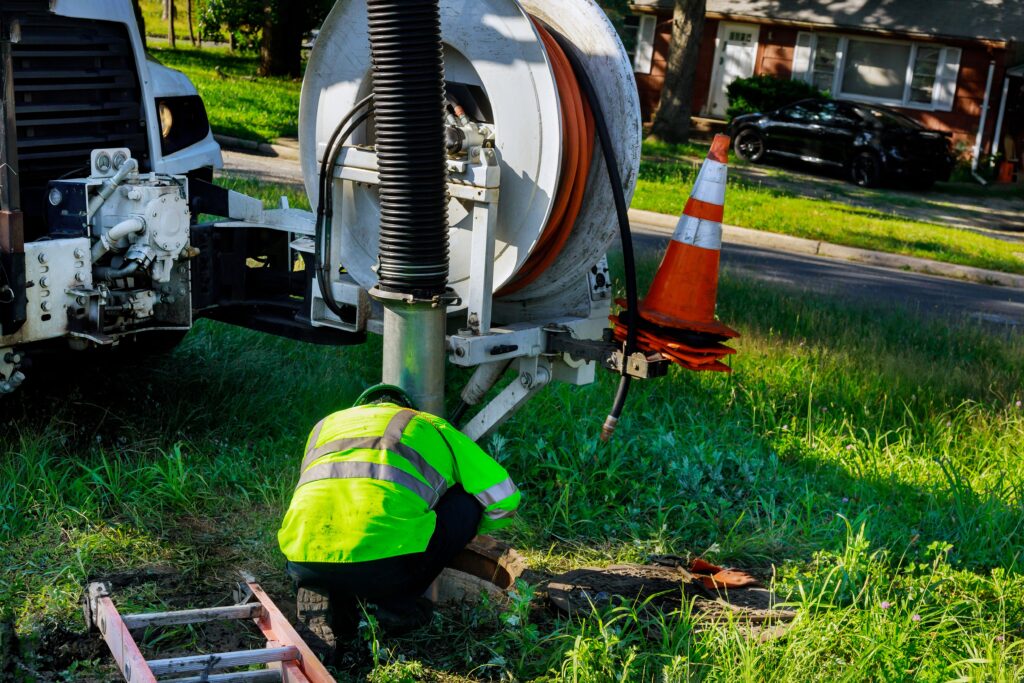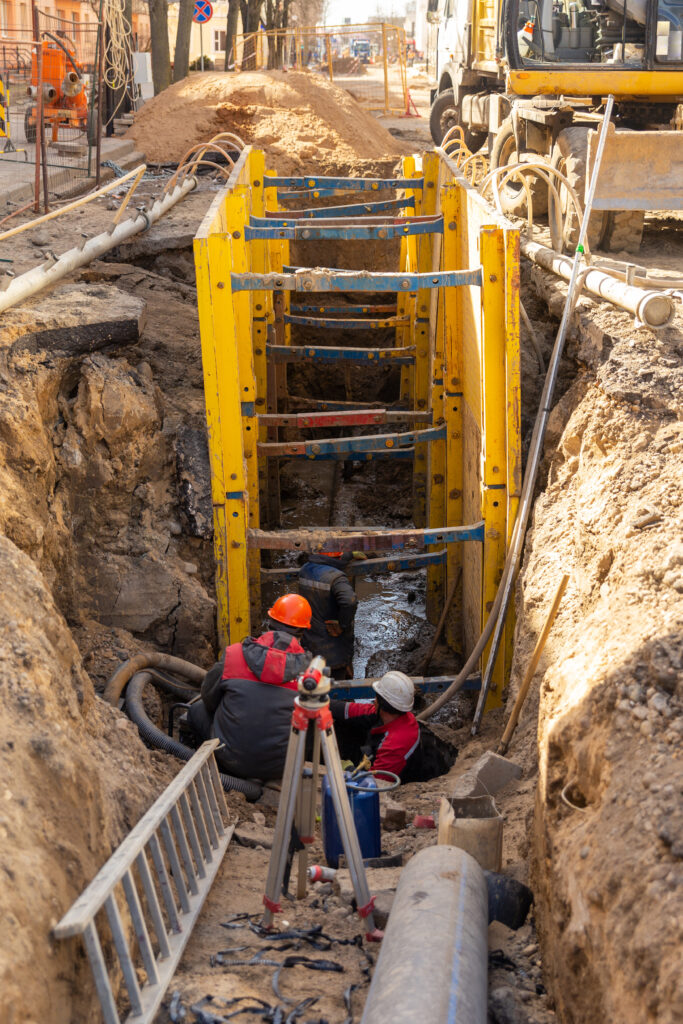
When to Pick Pipe Excavation?
Severely Collapsed Pipes:
Extensive Pipe Misalignment:
Non-Standard Pipe Materials:
Extremely Large Damage Areas:
Obstructions or Debris:
Accessibility Issues:
Local Regulations or Permits:
Presence of Utility Conflicts:
Severe Environmental Conditions:
Trenchless "no-dig" Pipe Repairs
Commercial Trenchless
Always On, or Unable to run a Camera Inspection?
Trenchless Experts Since 1990

As technology advances, we’re always trying to advance our approach to repairing pipes and reducing cost for our customers.
When traditional methods of repairing pipes became too costly due to the specialized, large equipment necessary to facilitate the repair, our team looked towards innovation.
Since 1990, we’ve pushed the boundaries of trenchless technology to bring simplified solutions to complex plumbing problems.
Call us today to find out how we’re the best in the Trenchless business.
- When to Pick Pipe Excavation?
- Severely Collapsed Pipes:
If the pipe has collapsed to the extent that it cannot accommodate the equipment used for trenchless repairs (e.g., pipe lining or pipe bursting), excavation may be required to remove and replace the damaged section.
- Extensive Pipe Misalignment:
If the existing pipe is significantly misaligned, bellied, severely offset, sagging or displaced, trenchless methods may not be feasible as they rely on the existing pipeline as a guide.
- Non-Standard Pipe Materials:
Pipes made from certain materials (e.g., pressure pipe, orange-bird pipe, or non-standard materials) that are heavily deteriorated or brittle might not be suitable for some trenchless repair methods.
- Extremely Large Damage Areas:
If damage extends over a very long section or is widespread, trenchless methods might not provide a cost-effective solution compared to excavation and replacement.
- Obstructions or Debris:
If the pipe is clogged with severe blockages, debris, or tree roots that cannot be cleared using standard cleaning techniques, trenchless methods may not work.
- Accessibility Issues:
If the site conditions do not allow for the access points required for trenchless equipment (e.g., tight spaces or underground obstructions), excavation might be the only option.


- Local Regulations or Permits:
In some jurisdictions, there may be restrictions or requirements that favor excavation over trenchless solutions due to environmental or safety considerations. Common restrictions include pipe bursting/trench pulling for certain municipalities.
- Presence of Utility Conflicts:
If the pipe is located near other utility lines (e.g., electrical, gas, or water), trenchless methods might risk damaging these utilities. Careful excavation may be necessary to avoid complications.
- Severe Environmental Conditions:
If the surrounding soil is unstable, contaminated, or prone to collapse, trenchless methods might be unsafe or ineffective.
Navigating any one of these scenarios, may put you into a position to consider a traditional pipe excavation. Book an appointment with an inspector today.
- Trenchless "no-dig" Pipe Repairs
Trenchless Pipe Repairs, also known as “no-dig” pipe repairs, are an advanced technique involving a trenchless lining technician.
We use trenchless methods to minimize or prevent damage to the sites where we work.
This approach helps reduce overhead costs, which means your final bill is significantly lower compared to traditional methods.
Downtime and frustrations are also kept to a minimum, with only minor inconveniences as we reconstruct your pipe infrastructure.
In short, if you’re looking to save time, money, and hassle, ask your technician about Trenchless Pipe Repairs.
- Commercial Trenchless
Looking for commercial solution? Find out more on our Commercial Solutions page.
- Always On, or Unable to run a Camera Inspection?
Not a problem, we’re experts in repairing live lines. Whatever your unique obstacle is, we have options for you to keep your facility fully up and running.
